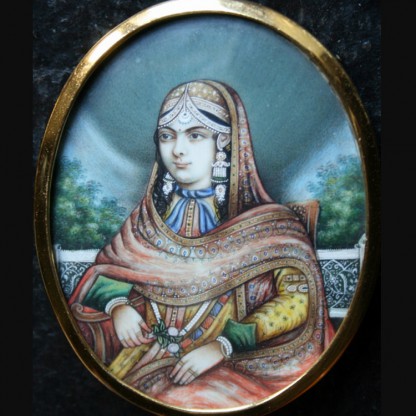According to Cortes, Moctezuma immediately volunteered to cede his entire realm to Charles V, King of Spain. Though some indigenous accounts written in the 1550s partly supported his words, it is still unbelievable for several reasons. As Aztec rulers spoke an overly polite language that needed translation for his subjects to understand, it is difficult to find out what Moctezuma really said. According to an indigenous account, he said to Cortes:"You have come to sit on your seat of authority, which I have kept for a while for you, where I have been in charge for you, for your agents the rulers..."However, these words might be a polite expression that was meant to convey the opposite meaning, which was Common in Nahua culture. What Moctezuma really meant could be to assert his own stature and multigenerational legitimacy. Also, according to the Spanish law, the king had no right to demand that foreign peoples become his subjects, but he had every right to bring rebels to heel. Therefore, to give the Spanish the necessary legitimacy to wage war against the indigenous people, Cortes might just had said what the Spanish king needed to hear.









